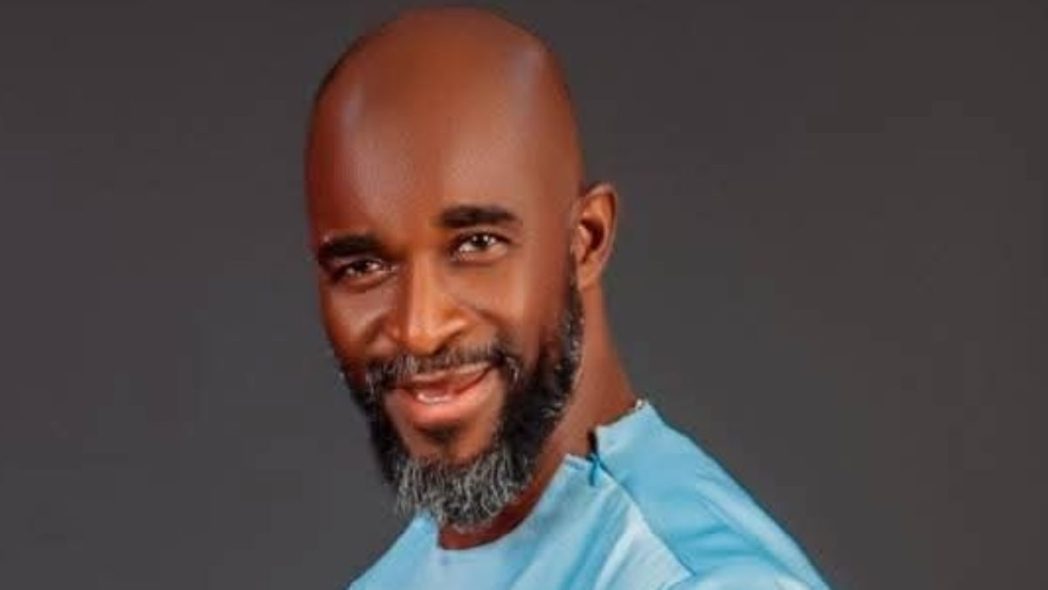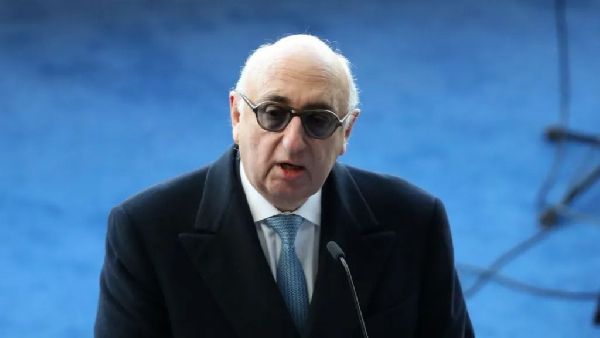There is an argument to be made for every Lord of the Rings movie outside of Peter Jackson's first trilogy being the worst Lord of the Rings film in the wider franchise, but there is one that doesn't get analyzed enough. For one, because doing so would assist future filmmakers and TV showrunners in creating a much better production.
Secondly, because it is less well-known than Jackson's movies, and many are simply not aware of it. And yet, this movie has been around for a long time, enabling a solid retrospective opinion. Contrary to the belief of some, Jackson's famous trilogy did not offer the world's first Lord of the Rings movie, with the first short airing in 1967.
Sweden released a Lord of the Rings movie in 1971, while Rankin and Bass released in 1977, which may be the franchise's most problematic film. Although they followed it with The Return of the King, which got worse reviews, The Hobbit started the series off. This created long-running problems for Rankin and Bass' Lord of the Rings world.

The most problematic Lord of the Rings movie might just be The Hobbit movie from1977, as it got quite a few things wrong about the story. Set before the events of The Fellowship of the Ring, in The Lord of the Rings timeline.
It begins the Third Age stories as most Western audiences know them, which culminate in The Return of the King. While The Silmarillion constitutes the bulk of LotR's mythos, the 1977 Hobbit movie had the important task of introducing vast swathes of people to the start of Tolkien's story.
The Hobbit put forward some pretty wild interpretations of the work of J.R.R. Tolkien.
Where Rankin and Bass' Hobbit movie went wrong was misdirecting viewers on a few key facets of the books. By The Lord of the Rings: The Fellowship of the Ring's ending, it was clear that Peter Jackson had changed some key things about the book. For example, removing Tom Bombadil.
But , which was actually far more central to the movie's plot than Tom was to The Fellowship of the Ring. Also, The Hobbit put forward some pretty wild interpretations of the work of J.R.R. Tolkien, the English mastermind behind the story.
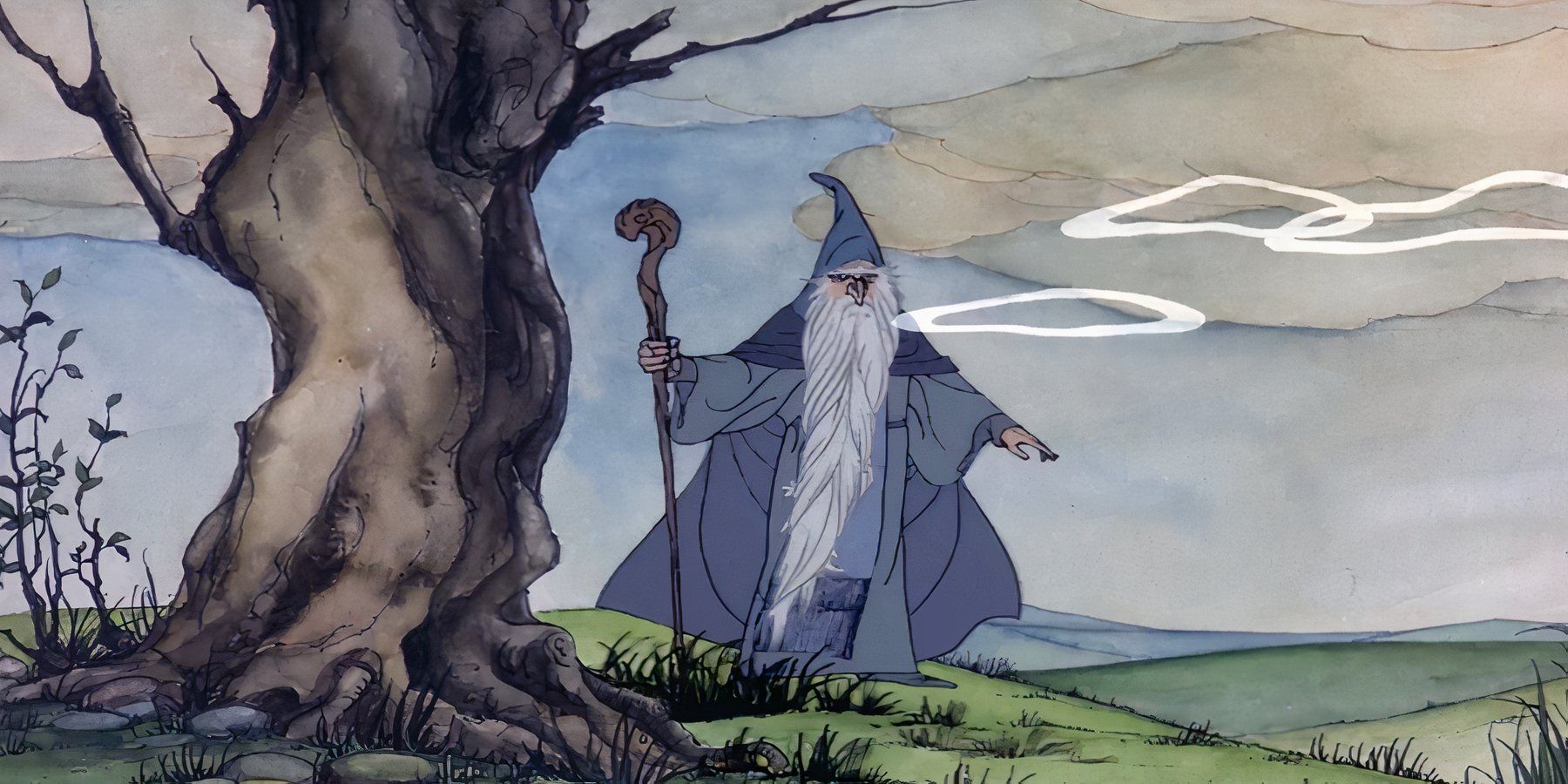
The Hobbit of 1977 is a fun movie, by all means, but . Removing the Arkenstone, ultimately, was a bad move, as it limited the narrative's overall significance. This meant that even The Return of the King - a worse movie, by far - got off on the wrong foot.
While not one of the most powerful characters in The Lord of the Rings in terms of his actual physical strength, Bilbo may be one of the biggest heroes. Removing the Arkenstone damages this importance.
Gene Deitch directed the first ever Hobbit movie, which was a short released in 1967 called The Hobbit.
It meant that Bilbo was reduced to a passive spectator of the events of the Battle of the Five Armies. He did not get to negotiate between warring parties in the 1977 Hobbit movie.
In Tolkien's children's book of 1937, as well as a burglar, ensuring peace by the end of the movie. This part of Bilbo's character was removed from the storyline, setting him up as less brave and caring. Bilbo's nephew, Frodo, thus had less impact in the subsequent movie.
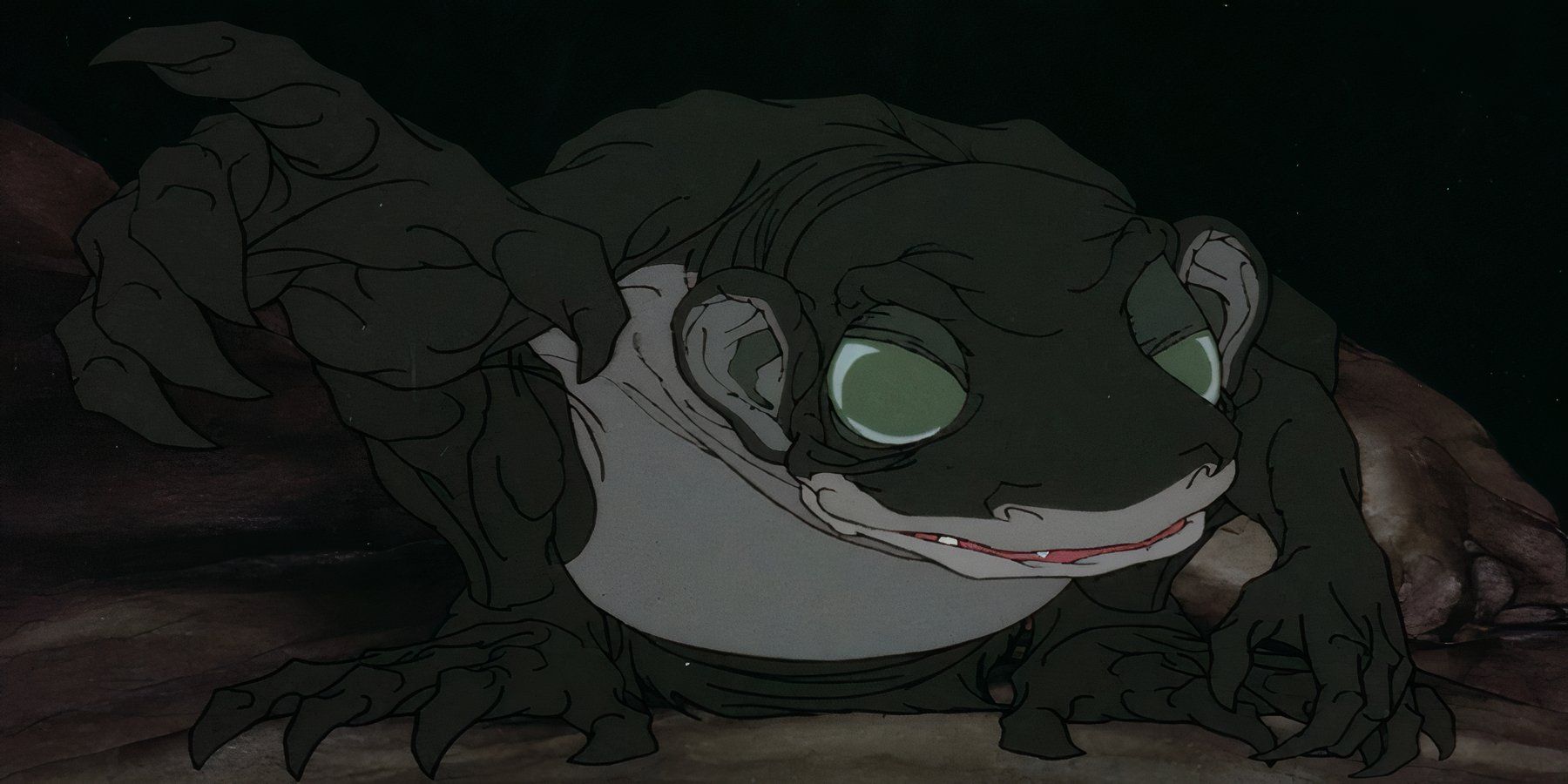
Although there is disagreement in the fandom about some elements of The Hobbit movie released in 1977, there is a general consensus on some of its flaws. Critics and indeed.
Lee Pace made for one of the best characters in Lord of the Rings, as Thranduil in Peter Jackson's Hobbit movies. Haughty and icy, he was everything he needed to be. By contrast, the Silvan Elves of Rankin and Bass are barely Elvish at all, with bald heads and decrepit green flesh.
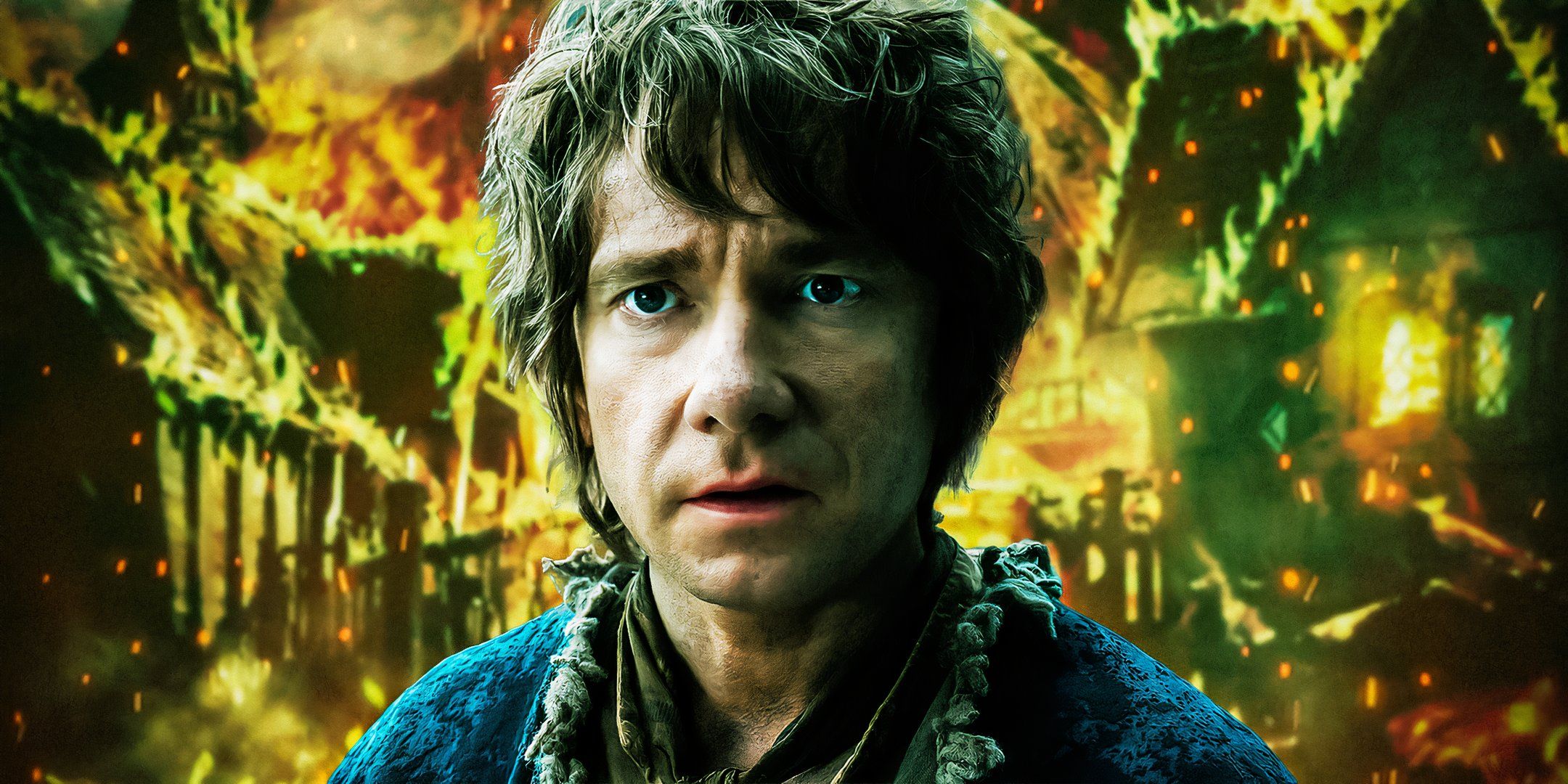
Related
The Hobbit Movies Get A Lot Of Hate, But I'll Always Love These 10 Things About The LOTR Prequel Trilogy
The Hobbit movies weren't perfect, but I will always love these aspects of them, which make them stand out as an excellent fantasy trilogy.
Critics homed in on this aspect of The Hobbit movie too, adding that Gollum had a frog-like appearance that didn't reflect his Hobbit ancestry. Although some fans loved how unnerving and scary this made Gollum, it definitely presented a departure from the original plot created by Tolkien.
Although Peter Jackson's Hobbit trilogy was, by and large, more unfaithful to the book than Rankin and Bass' Hobbit picture, . Alongside Gollum and the Silvan Elves, Smaug wasn't quite right, oddly feline in nature.
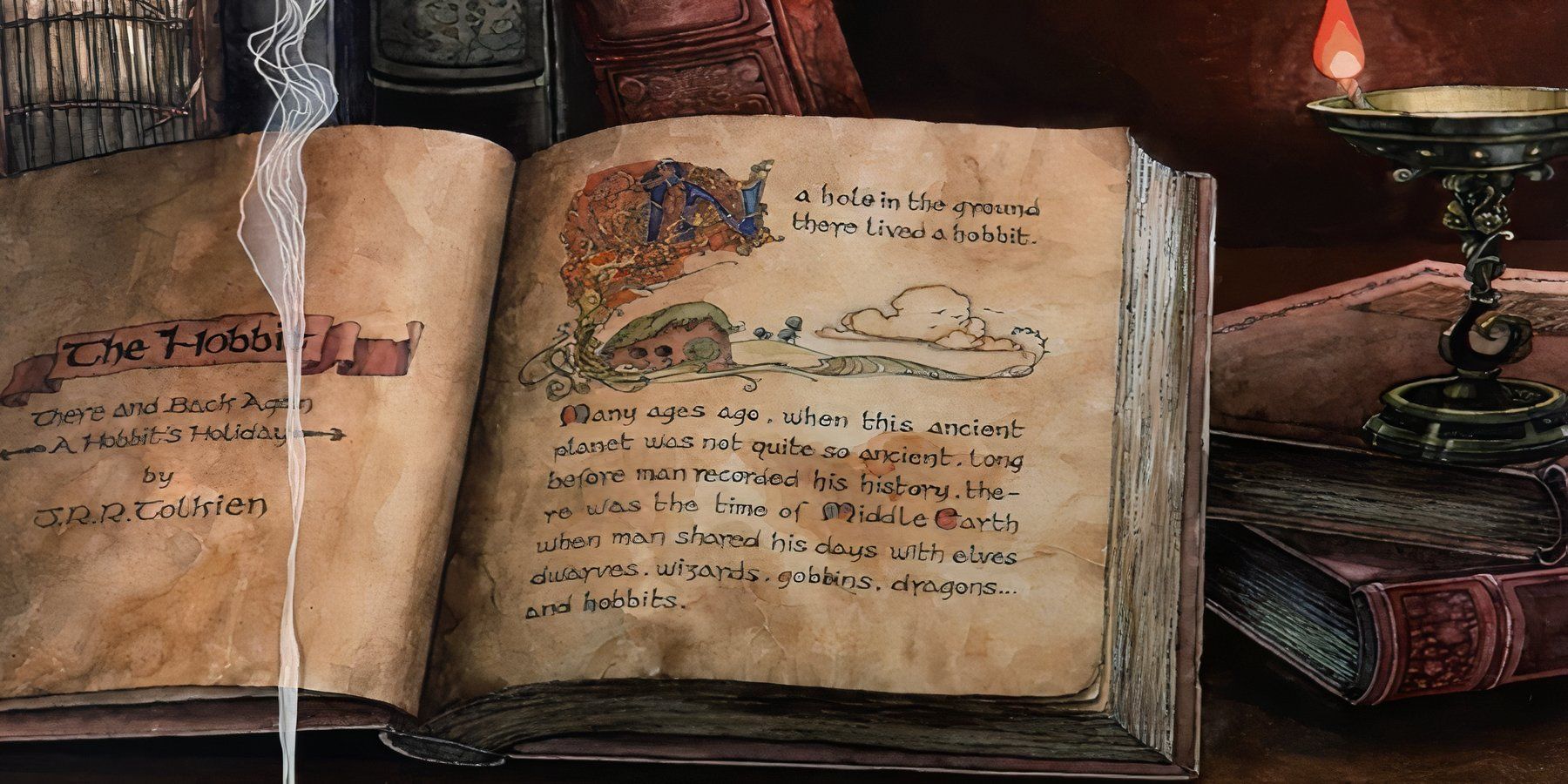
Despite its obvious flaws, . The music is indisputably brilliant, despite what some may say. Darkly playful lyrics like "Where there's a whip, there's a way" will resonate in the mind long after the movie winds to a close.
The Orcs were artfully villainized in this song, made up by Glenn Yarbrough for Rankin and Bass. The movie's tone is playful, in general, capturing what was childlike and enjoyable about the children's book. The puns spread across the soundtrack and script are a strong complement to the condensed plot.
Bilbo Baggins can be enjoyed in the original Lord of the Rings trilogy by Peter Jackson, played by Ian Holm.
The Hobbit of 1977 could well be the most problematic Lord of the Rings movie, bearing in mind the extremity of its diversions from lore, and impact on future audiences and movies. But it is better than The Return of the King, overall, even though it created problems for it.
It is even better, probably, than Ralph Bakshi's 1978 The Lord of the Rings, all things considered. and worth enjoying as a discerning fan. The music and visuals are enough to elevate the picture into an eccentric but lovable version of .
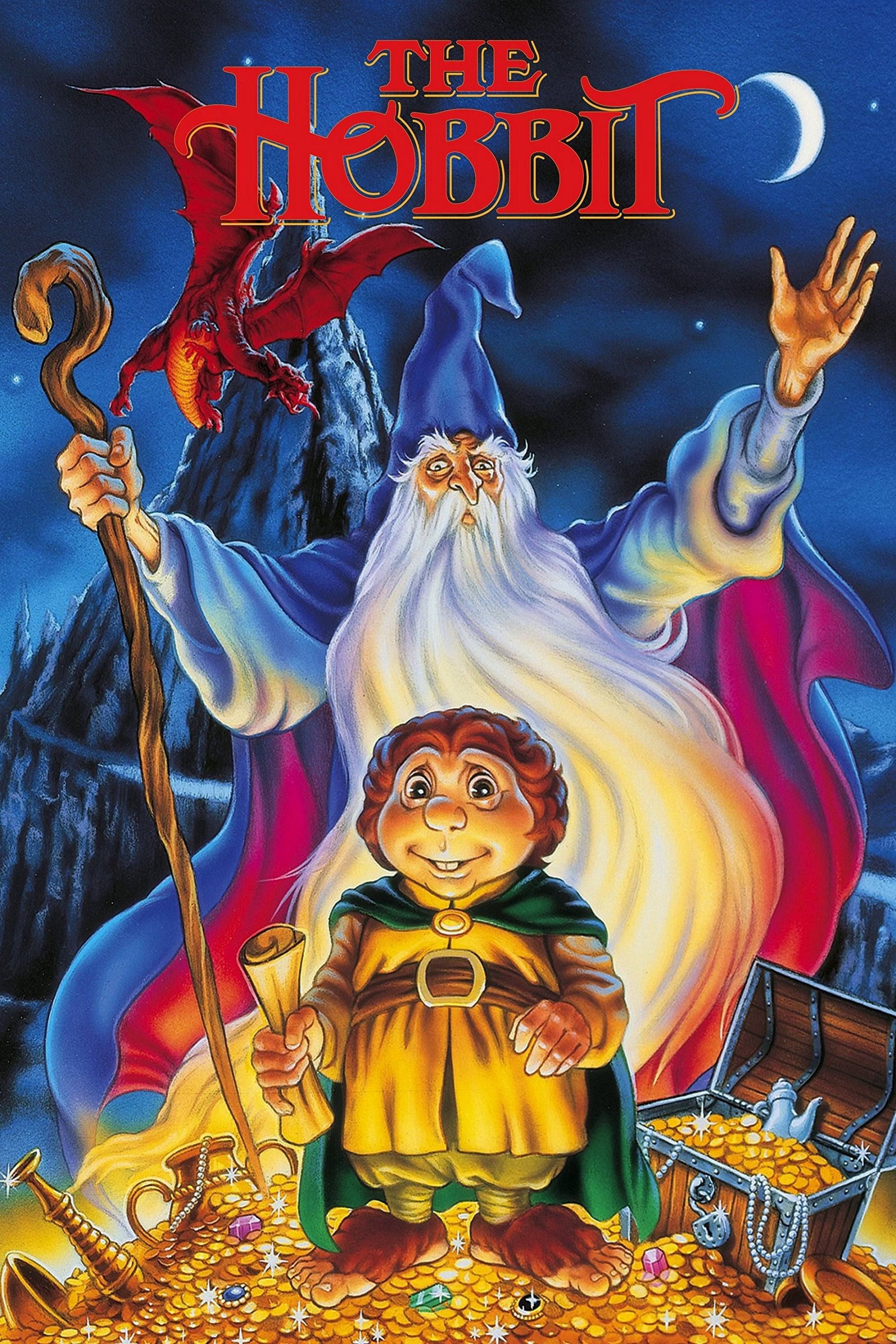
The Hobbit
- November 27, 1977
- 90 Minutes
- Jules Bass, Arthur Rankin Jr.
- J.R.R. Tolkien, Romeo Muller
The Hobbit, an animated movie released in 1977, follows the adventure of Bilbo Baggins, a hobbit recruited by the wizard Gandalf and a group of dwarves to help reclaim their homeland from the dragon Smaug. The film is based on the classic novel by J.R.R. Tolkien and features the voice talents of Orson Bean as Bilbo and John Huston as Gandalf.

